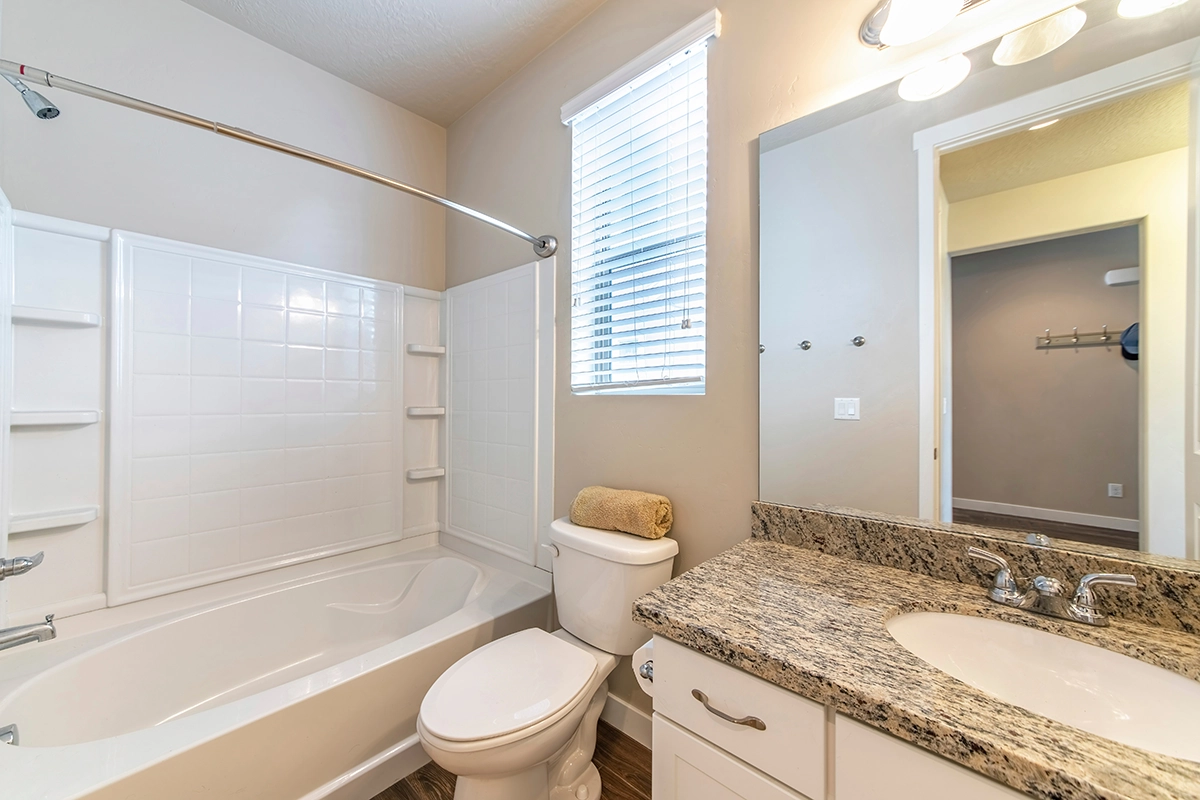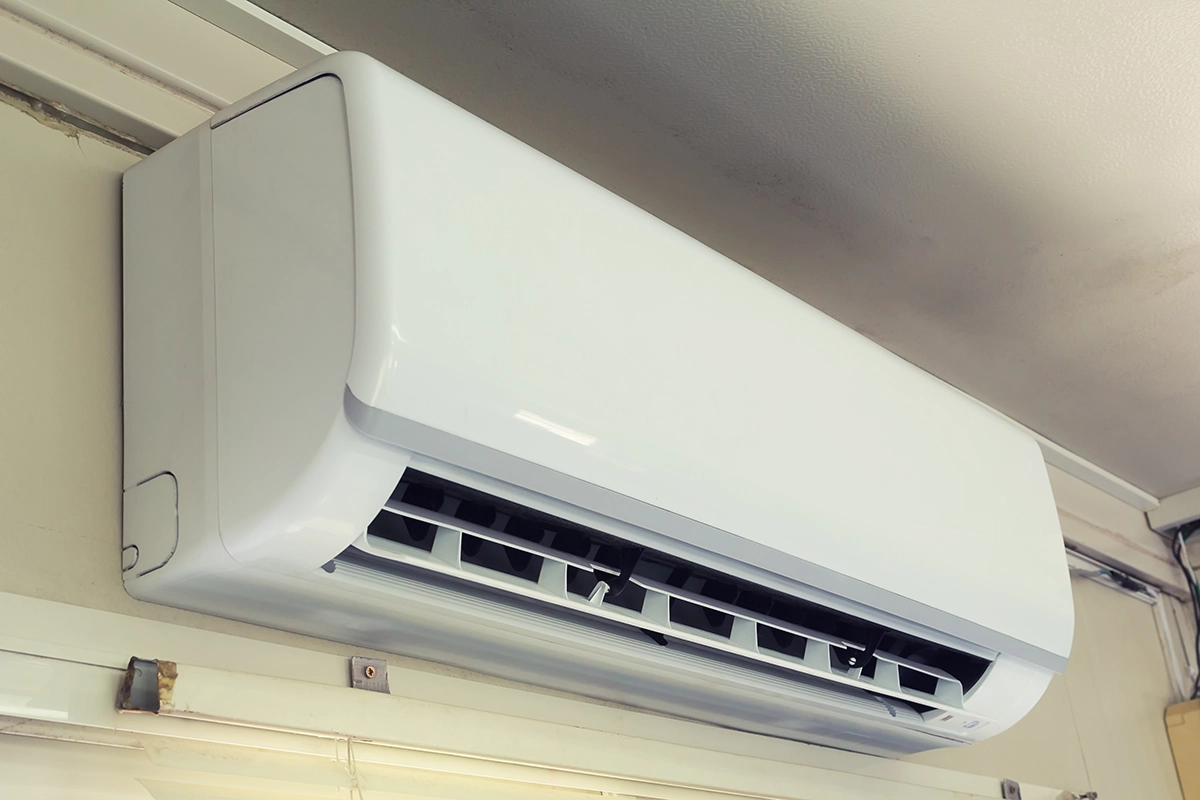If you live in an older home, you may have encountered a unique and outdated plumbing component called a drum trap. These bulky drain traps were once a common feature in bathroom plumbing systems, particularly for tubs and showers. However, drum trap plumbing has largely fallen out of favor due to maintenance challenges and modern code requirements. At Trio Cooling, Heating & Plumbing in Cottonwood, AZ, we’re here to explain what drum traps are, why they were used, and whether it’s time to replace one in your home.
Understanding Drum Trap Plumbing Systems
A drum trap is a cylindrical or drum-shaped plumbing fixture installed in the drain line. Unlike modern P-traps or S-traps, which use a curved pipe to create a water seal, drum traps use a large reservoir to trap water and block sewer gases from entering the living space.
These traps were especially common in homes built before the 1960s. You’ll often find them in older bathrooms serving bathtubs or sometimes even sinks. They typically feature a removable cover for access, although over time this cover can become corroded or difficult to open.
Why Were Drum Traps Used?
Before modern plumbing standards, drum trap plumbing was a go-to solution for two main reasons:
-
They captured debris more effectively than early P-traps, which helped prevent clogs further down the drain line.
-
They worked well with low-clearance setups under tubs or in tight crawl spaces where modern traps wouldn’t fit.
At the time, drum traps were seen as a practical solution. However, building codes and plumbing best practices have changed dramatically since then.
Problems with Drum Trap Plumbing
While drum traps served a purpose decades ago, they come with a long list of drawbacks today. These include:
Limited Accessibility
Over time, the access covers on drum traps often seize up due to corrosion or mineral buildup. This makes cleaning or inspection nearly impossible without professional tools or full replacement.
Clog-Prone Design
Drum traps tend to accumulate hair, soap scum, and debris much faster than modern traps. Since they lack a direct path for water flow, solids tend to settle and cause frequent blockages.
Outdated and Non-Code Compliant
Modern plumbing codes generally prohibit drum trap plumbing in new installations. Many municipalities—including those in Arizona—require traps to be self-cleaning and easily accessible, which drum traps are not.
Sewer Gas Risk
If a drum trap becomes clogged or improperly sealed, it can lose its water seal. This allows sewer gases to escape into the home, posing health risks and unpleasant odors.
Signs You May Have a Drum Trap
If your home was built before 1960 and you’ve experienced slow drains in your bathtub or strange odors in the bathroom, there’s a good chance you may have drum trap plumbing. Other signs include:
-
A visible round metal plate near the tub drain (often under a nearby floorboard or crawlspace)
-
Frequent clogs that resist plunging or drain cleaners
-
Plumbing professionals mentioning an “unusual” trap configuration during service
Should You Replace Your Drum Trap?
In most cases, yes. Replacing drum trap plumbing with a modern P-trap improves drain performance, makes future maintenance easier, and brings your plumbing up to code. Here’s why it’s worth the investment:
Improved Drainage
Modern P-traps allow waste and water to flow smoothly, reducing the chances of clogs and backups.
Easier Maintenance
Unlike drum traps, P-traps are easy to access and clean. They can typically be cleared without needing to dismantle flooring or old hardware.
Code Compliance
Upgrading to a P-trap ensures that your plumbing meets local regulations in Cottonwood and throughout Arizona.
Peace of Mind
You’ll avoid sewer gas risks, frequent clogs, and emergency repairs by updating your system proactively.
What’s Involved in Drum Trap Replacement?
Replacing a drum trap isn’t always a simple DIY project. It often requires cutting into floorboards or crawlspaces to access the trap and reconfigure the drain line. The process typically includes:
-
Locating the drum trap
-
Cutting out old galvanized or cast iron pipe
-
Installing new ABS or PVC pipe and a modern P-trap
-
Resealing flooring or walls if access was required
At Trio Cooling, Heating & Plumbing, our experienced technicians can handle this entire process from start to finish. We’ll inspect your system, recommend the best course of action, and perform the upgrade with minimal disruption to your home.
When to Call a Professional
If you’re unsure whether you have drum trap plumbing or you’re experiencing chronic drain problems, it’s time to call a licensed plumber. DIY fixes rarely solve deeper issues with old plumbing, and attempting to remove a drum trap without proper tools can damage your drain system.
In Cottonwood’s older neighborhoods, drum traps are still surprisingly common—and replacing them is one of the smartest upgrades you can make to your home’s plumbing system.
Upgrade Your Plumbing with Trio in Cottonwood, AZ
Outdated drum trap plumbing doesn’t have to cause you ongoing headaches. At Trio Cooling, Heating & Plumbing, we specialize in replacing old plumbing systems with modern, code-compliant solutions. Whether you’re dealing with persistent clogs, slow drains, or simply want peace of mind, we’re here to help.
Call today to schedule your inspection and see how easy it is to upgrade your home’s plumbing for better performance and reliability.





